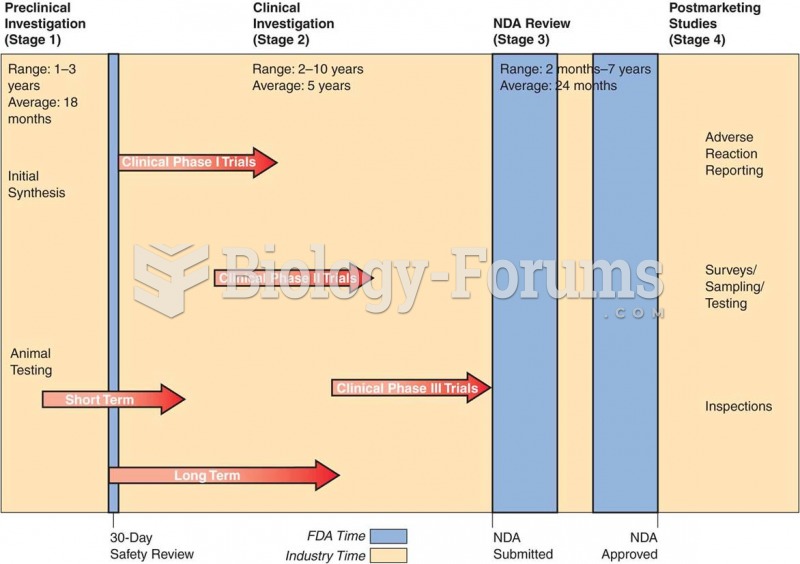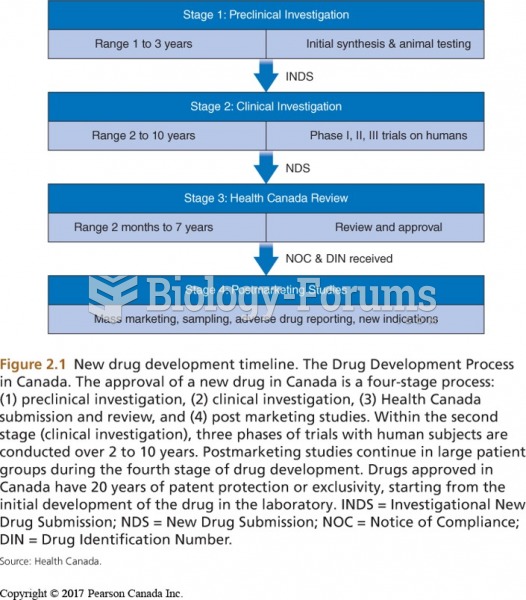Answer to Question 1
Correct Answer: 4
Rationale 1: The drug will not need to be given several times a day.
Rationale 2: Enterohepatic recycling will not necessarily lower the therapeutic effect.
Rationale 3: The drugs are recirculated through the liver but are not concentrated in the liver.
Rationale 4: Drugs secreted into the bile are sent back to the liver through enterohepatic recirculation and can be recirculated several times, thus prolonging their activity.
Global Rationale: Drugs secreted into the bile are sent back to the liver through enterohepatic recirculation and can be recirculated several times, thus prolonging their activity. The drug will not need to be given several times a day. Enterohepatic recycling will not necessarily lower the therapeutic effect. The drugs are recirculated through the liver but are not concentrated in the liver.
Answer to Question 2
Correct Answer: 2,3
Rationale 1: Certain oral drugs travel through the GI tract without being absorbed and are excreted in the feces. Mebendazole (Vermox), a drug used to kill intestinal worms, is such a drug.
Rationale 2: Some drugs may be recirculated numerous times with the bile, thus extending their stay in the body; biliary excretion is influential in prolonging the activity of digoxin (Lanoxin).
Rationale 3: Some drugs may be recirculated numerous times with the bile, thus extending their stay in the body; biliary excretion is influential in prolonging the activity of phenothiazines.
Rationale 4: Topical steroids are not subject to enterohepatic recirculation.
Rationale 5: Topical anti-infectives are not subject to enterohepatic recirculation.
Global Rationale: Some drugs may be recirculated numerous times with the bile, thus extending their stay in the body; biliary excretion is influential in prolonging the activity of digoxin (Lanoxin) and phenothiazines. Certain oral drugs travel through the GI tract without being absorbed and are excreted in the feces. Mebendazole (Vermox), a drug used to kill intestinal worms, is such a drug. Topical steroids are not subject to enterohepatic recirculation. Topical anti-infectives are not subject to enterohepatic recirculation.







